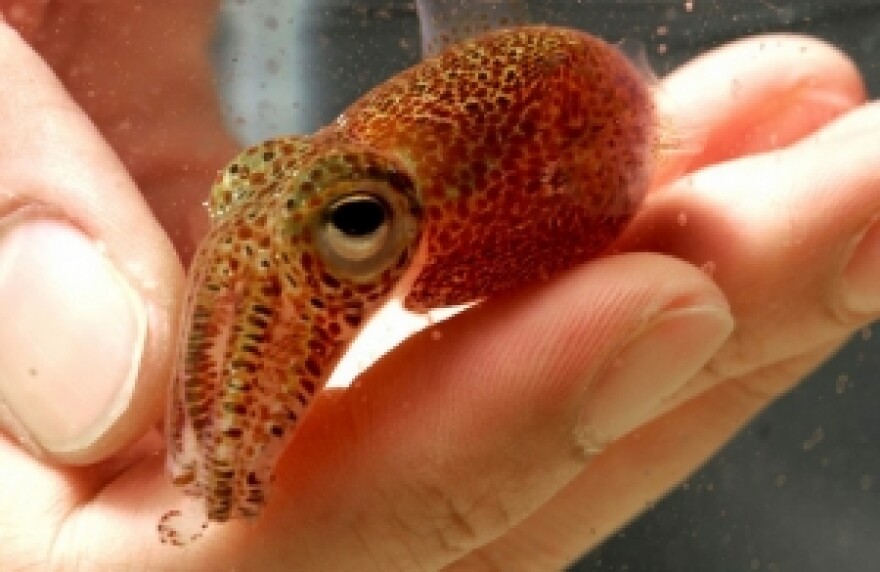A group of researchers from the University of Hawaiʻi at Mānoa found that these bacteria display claustrophobic behaviors.
The marine bacterium known as vibrio fischeri is harmless and lives in the Hawaiian Bobtail Squid.
The research team noticed that the bacterium changes its swimming pattern when in tight spaces of the squid’s tissue.
The vibrio fischeri swim in random directions in more open areas. But in tight spaces, it swims straight to escape.
"We only looked at this one type of bacterium but the way that it swims is really widely found across lots of different bacteria. It uses these tail-like structures to swim," said Jonathan Lynch, a postdoctoral fellow at UH Mānoa.
"Those flagella are actually pretty well conserved across bacteria that more people have heard about, including things like E. coli, and also the vibrio fischeri’s closer relative, vibrio cholerae, which is the causative bacterium for cholera. We studied this specific activity in this one bacterium. But in principle, it should generalize across lots of different bacteria that also use tails to swim through their environments," he added.
Lynch says he hopes to find more advanced microscopes and techniques to watch the microscopic organisms more closely.




